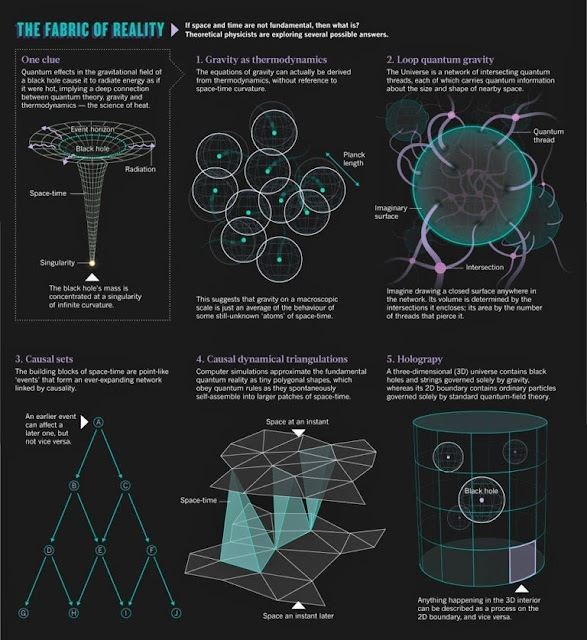Third part of BIG BANG Timeline
Cooling
The universe continued to decrease in density and fall in temperature, hence the typical energy of each particle was decreasing. Symmetry breaking phase transitions put the fundamental forces of physics and the parameters of elementary particles into their present form.
After about 10−11 seconds, the picture becomes less speculative, since particle energies drop to values that can be attained in particle accelerators. At about 10−6 seconds, quarks and gluons combined to form baryons such as protons and neutrons. The small excess of quarks over antiquarks led to a small excess of baryons over antibaryons. The temperature was now no longer high enough to create new proton–antiproton pairs (similarly for neutrons–antineutrons), so a mass annihilation immediately followed, leaving just one in 1010 of the original protons and neutrons, and none of their antiparticles. A similar process happened at about 1 second for electrons and positrons. After these annihilations, the remaining protons, neutrons and electrons were no longer moving relativistically and the energy density of the universe was dominated by photons (with a minor contribution from neutrinos).
A few minutes into the expansion, when the temperature was about a billion (one thousand million) kelvin and the density was about that of air, neutrons combined with protons to form the universe's deuterium and helium nuclei in a process called Big Bang nucleosynthesis.
Most protons remained uncombined as hydrogen nuclei.
As the universe cooled, the rest mass energy density of matter came to gravitationally dominate that of the photon radiation. After about 379,000 years, the electrons and nuclei combined into atoms (mostly hydrogen); hence the radiation decoupled from matter and continued through space largely unimpeded. This relic radiation is known as the cosmic microwave background radiation. The chemistry of life may have begun shortly after the Big Bang, 13.8 billion years ago, during a habitable epoch when the universe was only 10–17 million years old.




Comments
Post a Comment